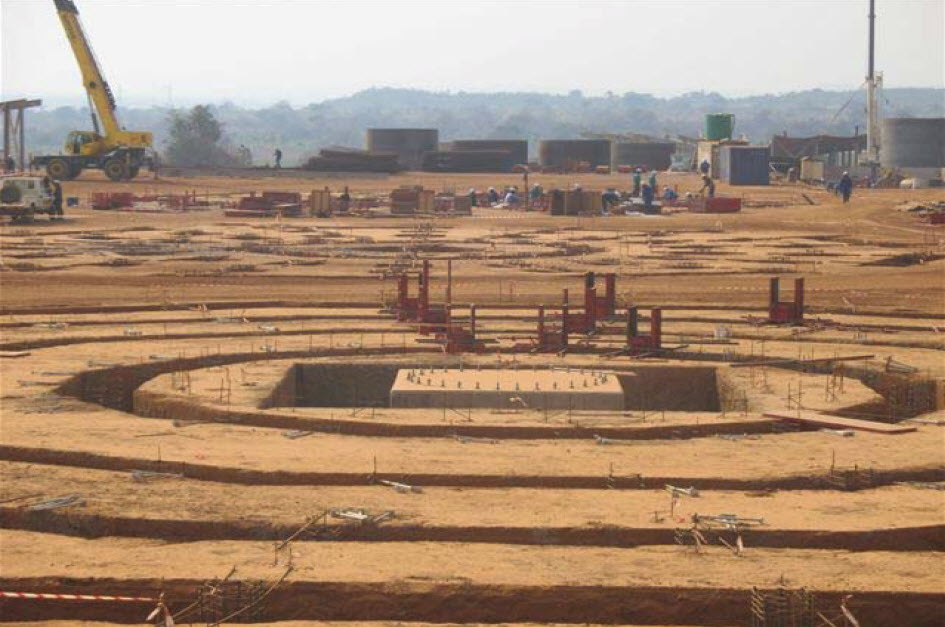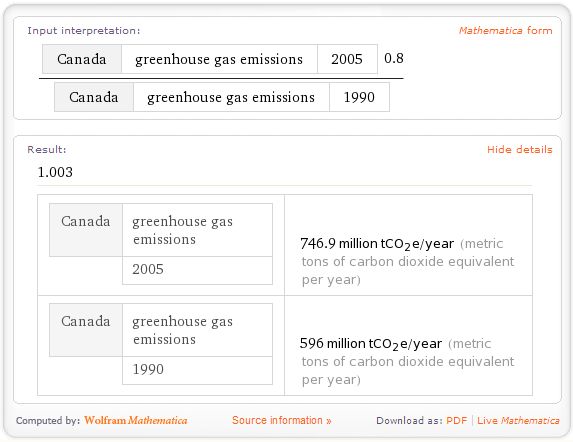A Moderate Shift in Canadian Voting
The parties’ seat distribution matters for the four years between elections, and this past election generated a significant shift in seats. The popular vote will also matters for those four years as the parties try to align their policies with their understanding of the voters. After that comes the 2015 election, where seat distribution will be meaningless and popular vote will once again mean everything. So let’s not forget the popular vote in our collective, well-justified consternation around seats.
Here’s the popular vote from 2008 and 2011:
These changes may have tipped a lot of first-past-the-post riding outcomes, but in themselves they are moderate shifts.
I’ve read a few articles from a range of politicos stating or implying that Canadians must broadly support the Conservatives’ conservative politics, given that they “just won the election” (see here for a fresh example). Yes, but without the actual support of the actual majority of voters, and with little improvement over their last lukewarm endorsement. And if you believe the post-election focus-grouping, even the people who voted Conservative aren’t especially motivated by conservativism. This will be a trying four years, parliamentary process being what it is. But the left won’t be any stronger through those years if it forgets that it represents the significant majority of Canadians’ values. That’s not a trivial factoid, that’s a baseline fact.
And how about that “historic collapse” of the Liberal party? From 26% to 19%. A shift of one voter in 14.
If you follow the parliamentary trend over the last few years you could be forgiven for thinking that we’ve seen a entrenchment of conservative values in Canadian politics, and now a massive re-arrangement of centre-left party politics. I think what we’ve seen is parties luffing their sails in the fickle winds of minority politics, some slight shift in Canadian voting, and very little shift in actual Canadian values. Those votes and those values are what will matter in the long run, even if the short run is a sorry mess.
See previously: Plus Ca Change
 Kolwezi mine,
Kolwezi mine, 

